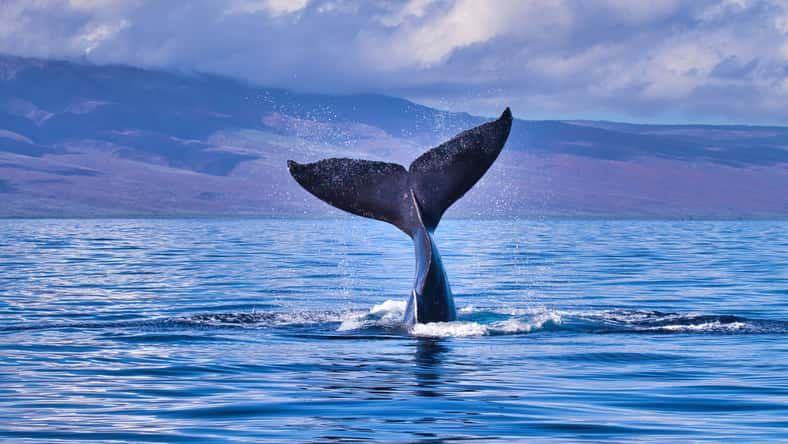The World’s Rarest Whale Washed Ashore In New Zealand, And Scientists Are Hoping To Learn More About This Elusive Species

The body of a creature that is believed to be the world’s rarest whale just washed up on the shore of a beach in New Zealand. Scientists identified it as a spade-toothed whale due to the shape of its skull, beak, and teeth.
The species is so rare that no live sightings have ever been recorded. No one knows how many there are, what their diets are like, or where they live in the southern Pacific Ocean. Now, scientists may be able to gather some clues on this species’ secrets.
On the morning of July 4, the roughly 16-foot-long dead whale was discovered near Taieri Mouth, a fishing village in the Otago province of South Island, according to the Department of Conservation.
The agency, along with experts from the national museum Te Papa, was determined to be an adult male spade-toothed whale.
The whale’s remains were quickly removed from the beach. They are currently in cold storage as researchers perform DNA tests and figure out the next steps for preservation. It may take several weeks for experts to confirm final identification.
If the creature is confirmed to be a spade-toothed whale, the discovery could lead to groundbreaking information about the species since almost nothing is known about them.
“Spade-toothed whales are one of the most poorly known large mammalian species of modern times. Since the 1800s, only six samples have ever been documented worldwide, and all but one of these was from New Zealand,” said Gabe Davies, the DOC Coastal Otago Operations Manager.
The ones that were found intact on New Zealand’s beaches were buried before DNA tests could be conducted, foiling any attempts to study them. The latest specimen that washed ashore had only recently died, so it could be the first spade-toothed whale to undergo dissection.
The animal’s carcass indicated that it had a medium-sized beak and two large tusks. The species was first discovered in 1874 after two teeth and a lower jaw were collected from Pitt Island in New Zealand.

manuel – stock.adobe.com – illustrative purposes only, not the actual whale
The skeletal remains of two other specimens were found on White Island in New Zealand and Robinson Crusoe Island in Chile. At the time, researchers studying the creatures could not confirm if the species had gone extinct.
But then, two more recent findings of the animal were made off New Zealand’s North Island in 2010 and 2017. They helped establish the color pattern of the species.
At present, the department is working with local Māori tribes to plan for the future of the whale’s remains.
New Zealand’s Māori people consider whales as sacred treasures with great cultural significance. In April, Pacific Indigenous leaders signed a treaty recognizing whales as “legal persons.”
New Zealand is a hotspot for whale strandings. Since 1840, more than 5,000 episodes have been recorded.
Sign up for Chip Chick’s newsletter and get stories like this delivered to your inbox.
More About:Animals





